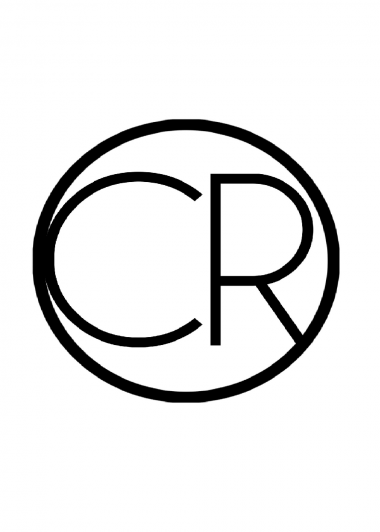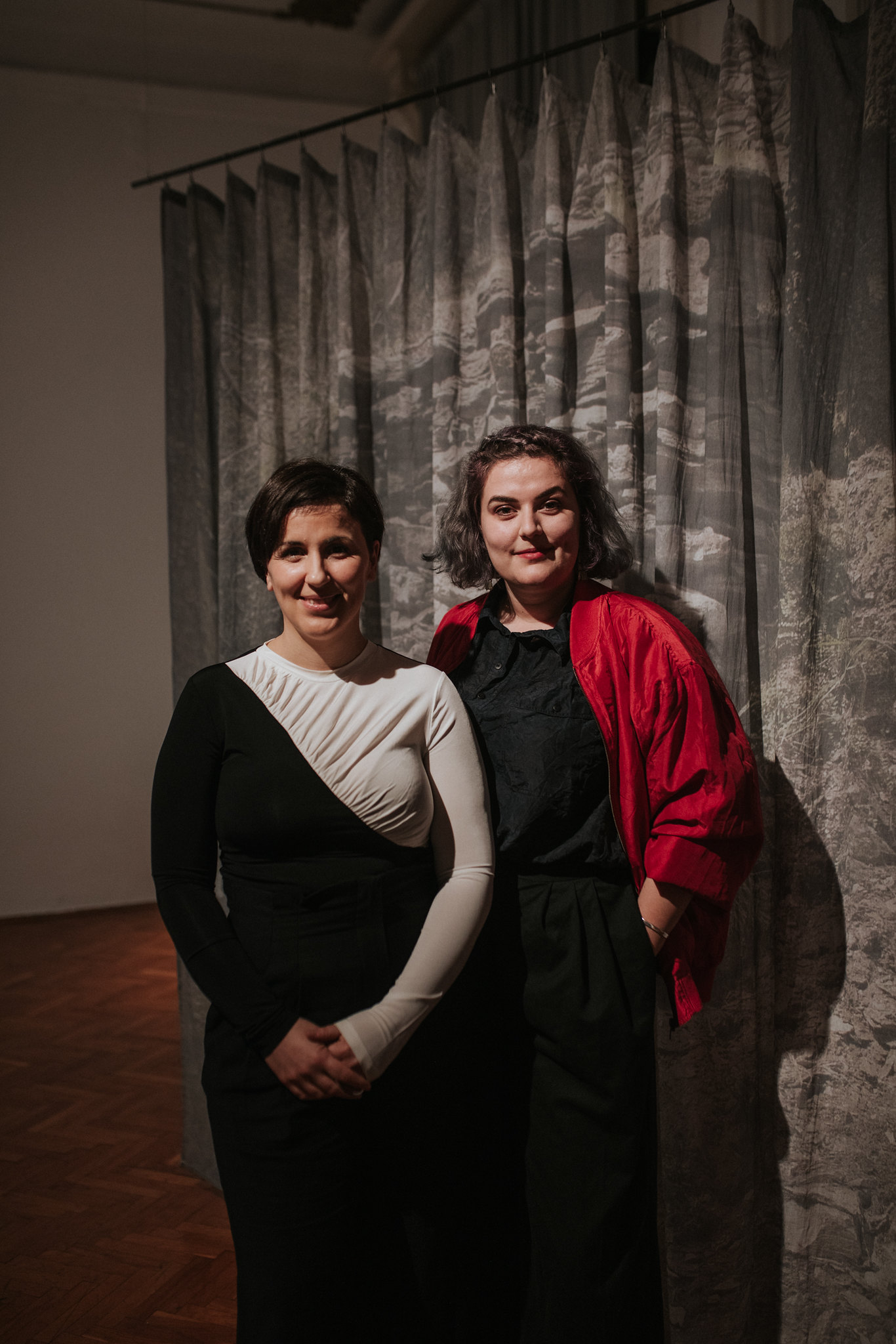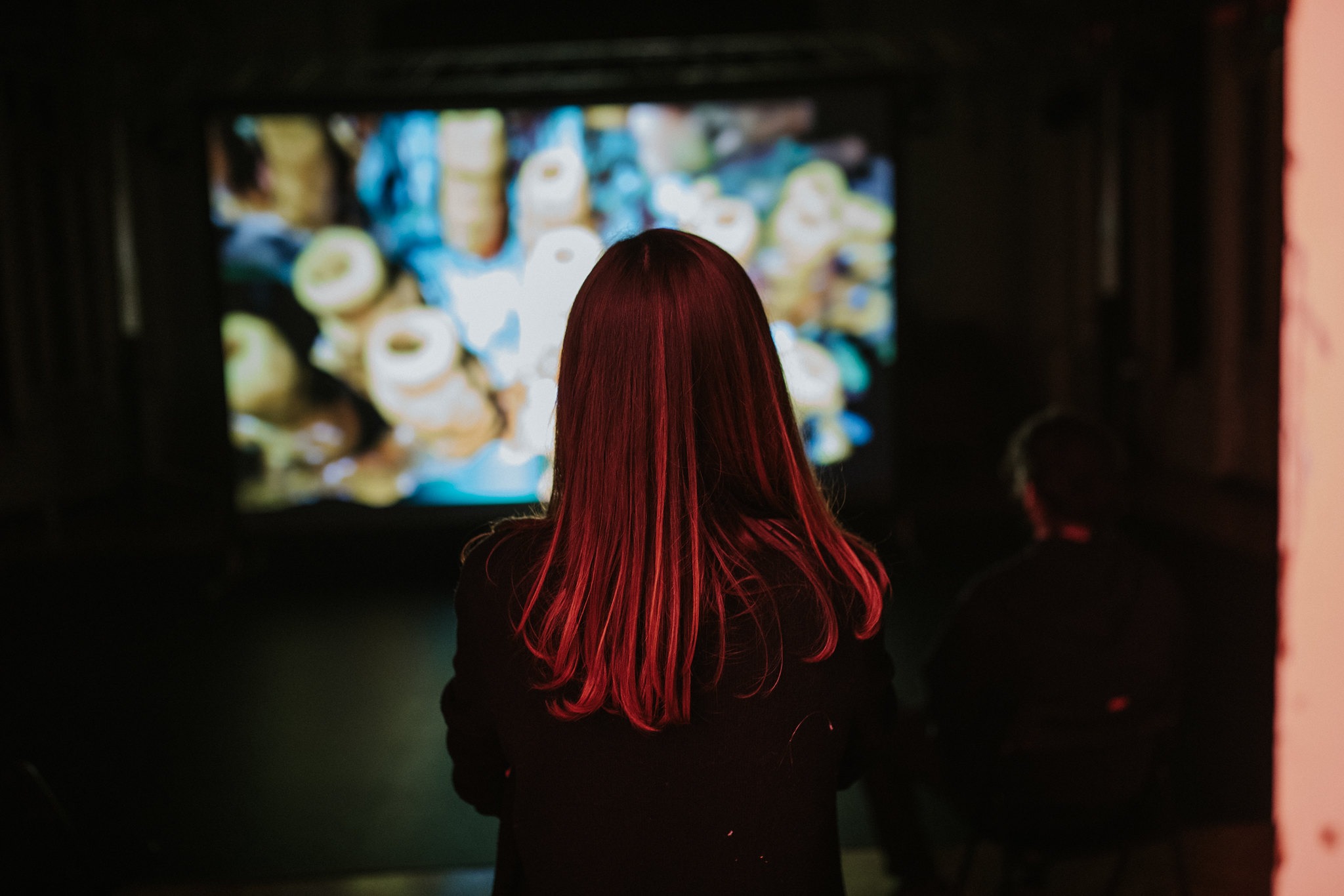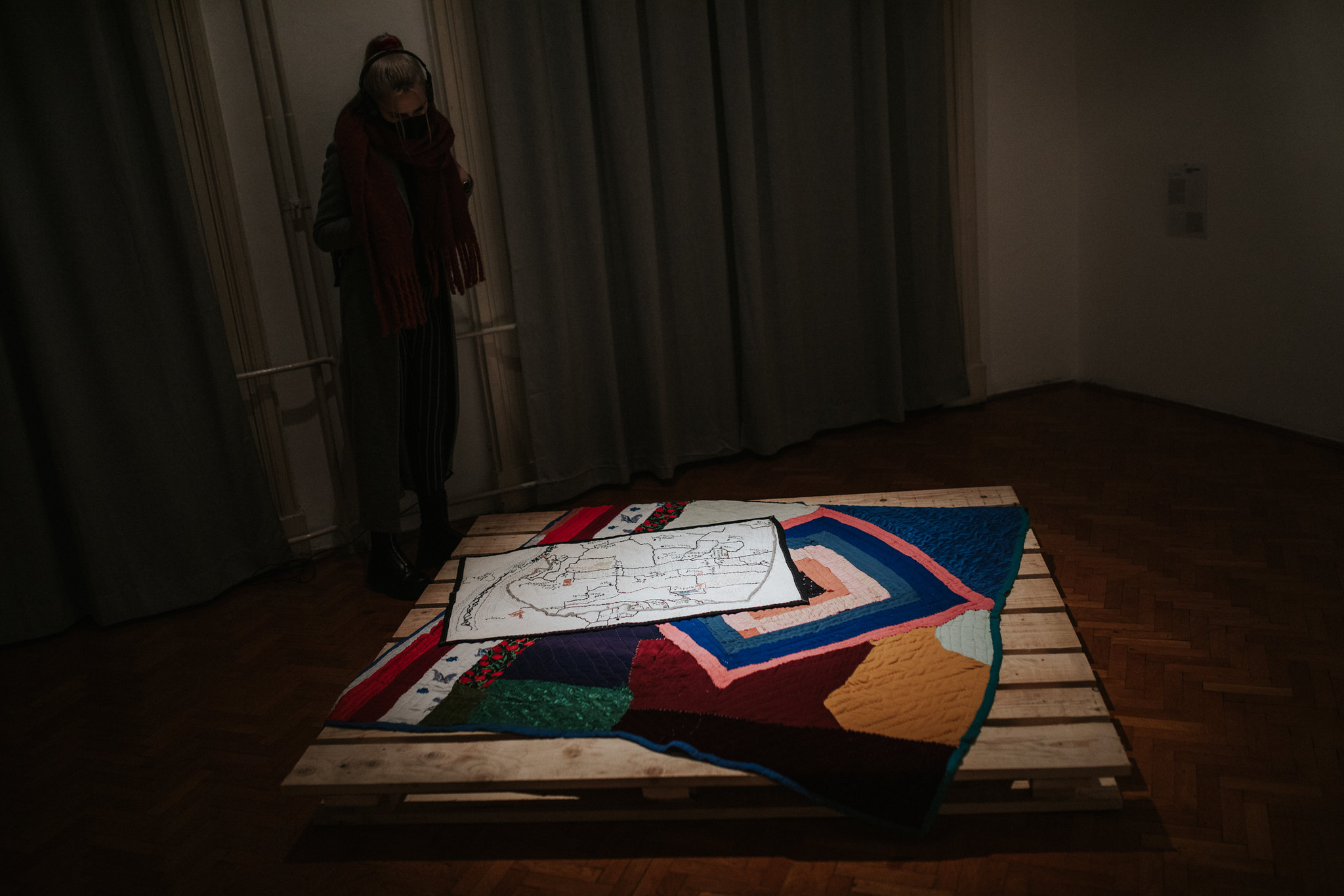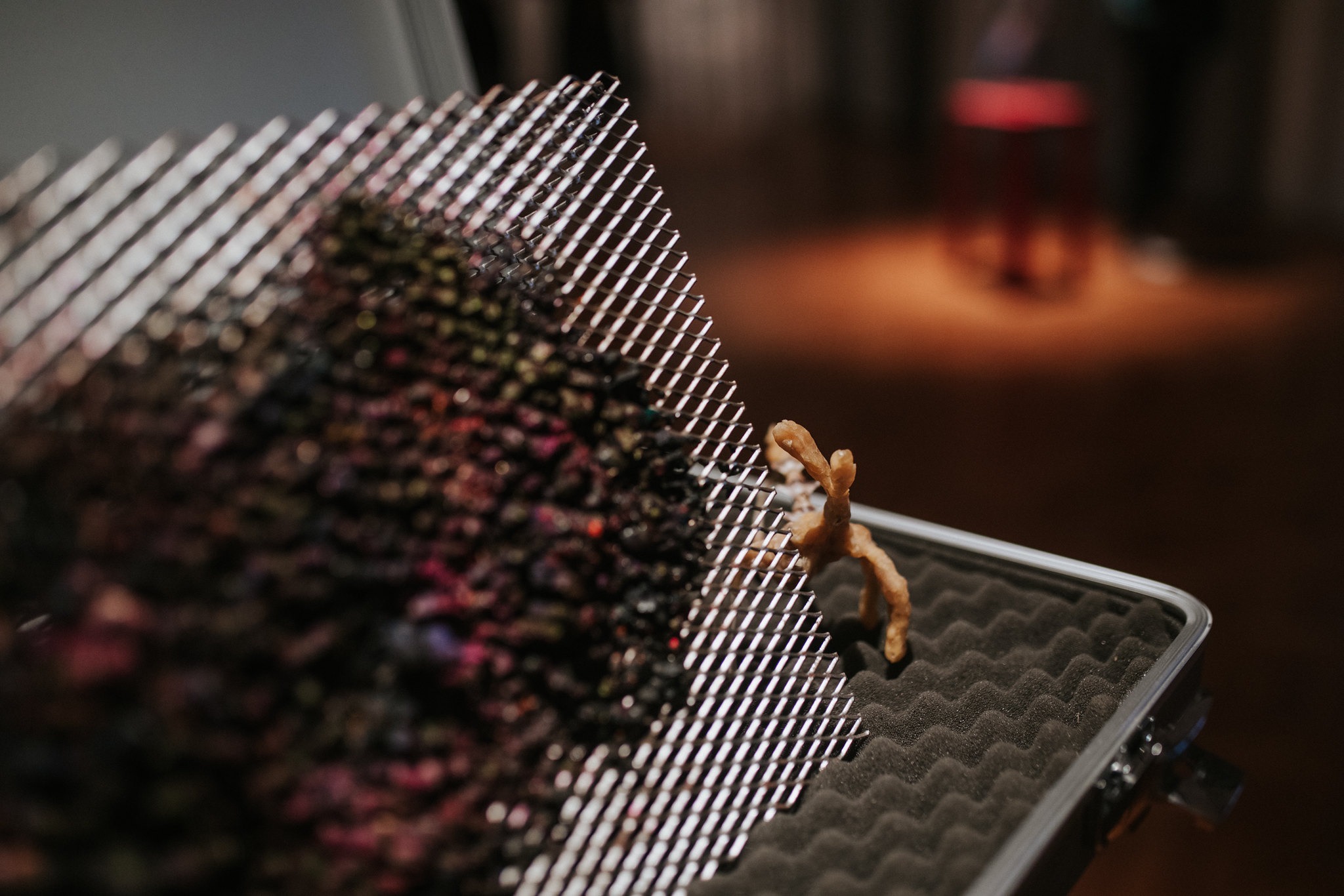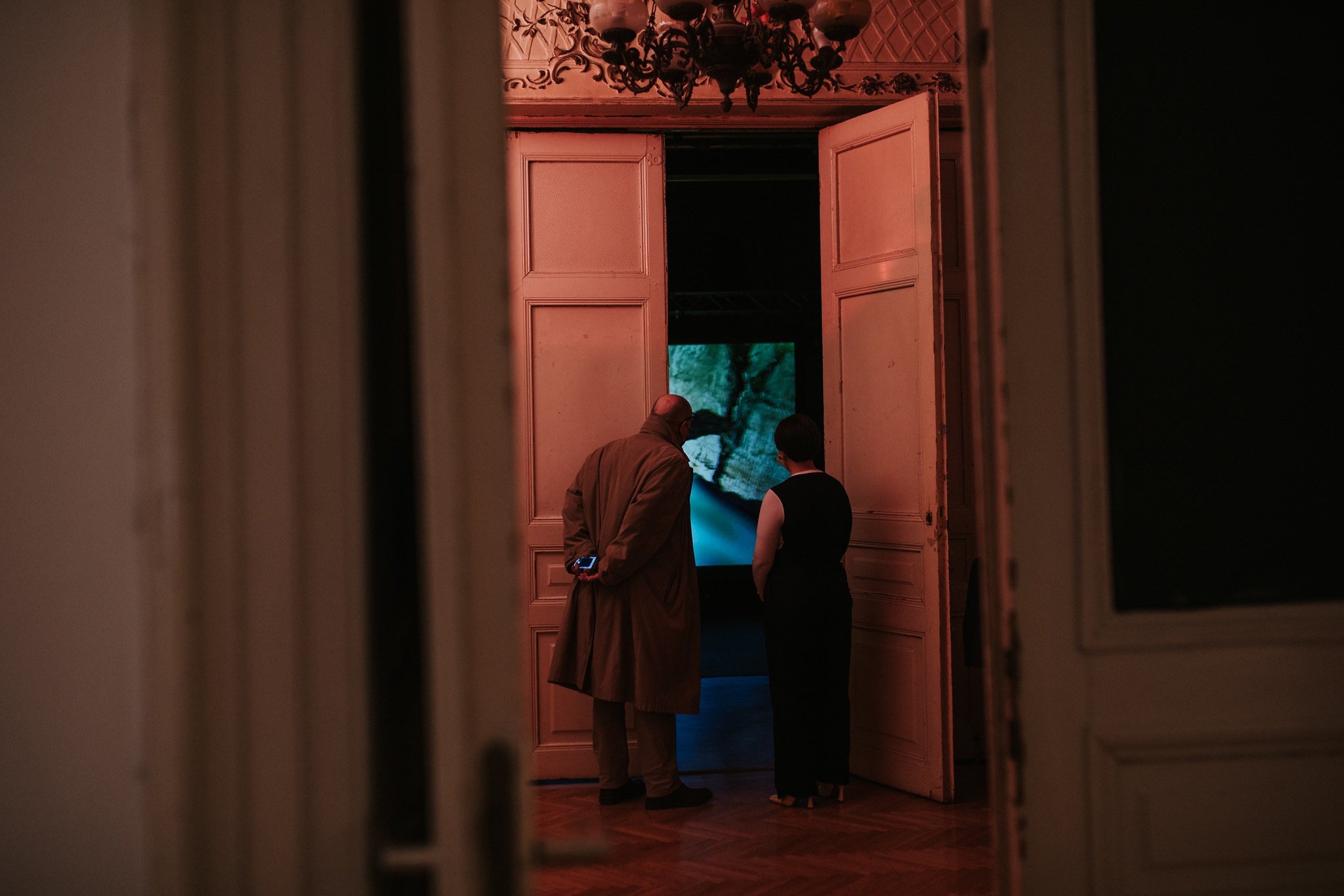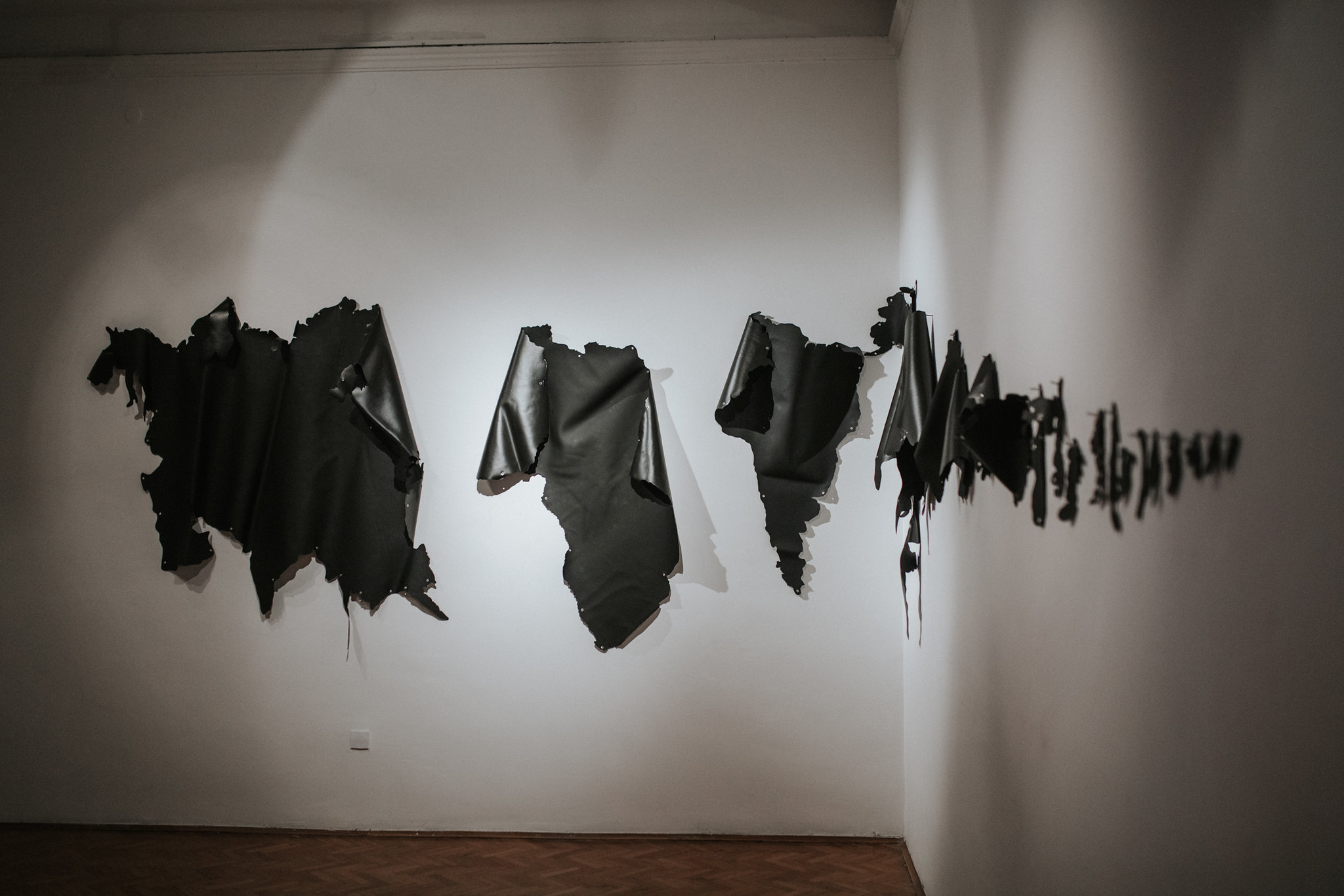
- Exhibition
Mapping the Cartographic
- Mixed Media
Dates
20.1.-18.2.2022
After Earth’s famous Apollo 17 photograph “The Blue Marble” of 1972, contemporary art has engaged in a view of the planet, where Earth, as WTJ Mitchell explains, has been treated as an image. This is so much so that to enter a space today is like entering a virtual picture, where the subject is only but a character in a preconceived image or stage. In that regard, the exhibition, Mapping the Cartographic: Contemporary Approaches to Planetarization, inquiries into practices that counter the sense of the “real,” which defined by algorithmic images and other visualization technologies add to the extensive repertoire of representations of the natural world.
Since it is through media that we grasp the Earth’s multiple manifestations we must acknowledge the important relationships embodied in map-making practices. Media theorist Jussi Parikka explained that “our relationship with the Earth is mediated through technologies and techniques of visualization, signification, calculation, mapping, prediction, simulation, and so forth.” “It is through and in media,” says Parikka that “we grasp Earth as an object for cognitive, practical, and affective relations.” Maps, however, have been continuously acknowledged as neutral or universal, for these visual and often hyperreal technologies underscore a sense of the “natural” that support dominant ideas about nature as being external to humans.
The selected artworks, therefore, use the provocation of mapping as a strategy to navigate what Amy J. Elias and Christian Moraru called the complex “understanding of virtual and physical spatiality that constitutes the lived circumstance of interrelatedness.” In proposing other approaches to cartography, the artworks underscore the necessity of deconstructing linearity and one-point perspective, offering instead spaces of re-territorialization, new temporalities, and recognition of all human and non-human actors that make all forms of spatialization possible. In that regard, the exhibition asks: How can artistic projects undermine or rethink the technification of the natural and its rendition as real? How is digital representation mediating our changing notion of the “natural” as a boundary, resource, or engendered terrain?
The concept of planetarization further underlines the importance of critically thinking about the mediums, perspectives, and visual forms that contemporary artists are using to emphasize the urgent need for new orientations towards the world. The view of planetarization that these artworks embody, ultimately reveal what Bruno Latour stressed: that we can no longer treat the Earth as the backdrop of our reality but as a co-producer through which agencies are redistributed. The return to an earth-based thinking as alluded to by the concept of planetarization is, thus, a call to radically open the possibility of what constitutes nature, space, and reality. This is a strive towards new and alternative meanings beyond those stipulated by western (modern) visuality, which although has resulted in a variety of “cartographic impulses,” demonstrates a collective process, a geopolitical vision, and a poetic notation that captures our disappearing landscapes. Ones that despite constant monumentalization have remained imperceptible to the human eye, or at least until now when we finally begin to grasp the full significance of its demise.
The show includes artworks by: Iman Datoo (UK), Aksiniya Peycheva (Bulgaria), Pedro Hurpia (Brazil), Marina Camargo (Brazil), Marina Fraga (Brazil), Monika Gabriela Dorniak (Germany), Hara Shin (Germany), Paula König (Germany), Hanne van Dyck (Belgium), Yiannis Pappas (Greek), Matheus da Rocha Montenari (Brazil), Deborah Mora (Italy), Latent Community (Sotiris Tsiganos and Ionian Bisai), and Luka Kedžo (Croatia).
After Earth’s famous Apollo 17 photograph “The Blue Marble” of 1972, contemporary art has engaged in a view of the planet, where Earth, as WTJ Mitchell explains, has been treated as an image. This is so much so that to enter a space today is like entering a virtual picture, where the subject is only but a character in a preconceived image or stage. In that regard, the exhibition, Mapping the Cartographic: Contemporary Approaches to Planetarization, inquiries into practices that counter the sense of the “real,” which defined by algorithmic images and other visualization technologies add to the extensive repertoire of representations of the natural world.
Since it is through media that we grasp the Earth’s multiple manifestations we must acknowledge the important relationships embodied in map-making practices. Media theorist Jussi Parikka explained that “our relationship with the Earth is mediated through technologies and techniques of visualization, signification, calculation, mapping, prediction, simulation, and so forth.” “It is through and in media,” says Parikka that “we grasp Earth as an object for cognitive, practical, and affective relations.” Maps, however, have been continuously acknowledged as neutral or universal, for these visual and often hyperreal technologies underscore a sense of the “natural” that support dominant ideas about nature as being external to humans.
The selected artworks, therefore, use the provocation of mapping as a strategy to navigate what Amy J. Elias and Christian Moraru called the complex “understanding of virtual and physical spatiality that constitutes the lived circumstance of interrelatedness.” In proposing other approaches to cartography, the artworks underscore the necessity of deconstructing linearity and one-point perspective, offering instead spaces of re-territorialization, new temporalities, and recognition of all human and non-human actors that make all forms of spatialization possible. In that regard, the exhibition asks: How can artistic projects undermine or rethink the technification of the natural and its rendition as real? How is digital representation mediating our changing notion of the “natural” as a boundary, resource, or engendered terrain?
The concept of planetarization further underlines the importance of critically thinking about the mediums, perspectives, and visual forms that contemporary artists are using to emphasize the urgent need for new orientations towards the world. The view of planetarization that these artworks embody, ultimately reveal what Bruno Latour stressed: that we can no longer treat the Earth as the backdrop of our reality but as a co-producer through which agencies are redistributed. The return to an earth-based thinking as alluded to by the concept of planetarization is, thus, a call to radically open the possibility of what constitutes nature, space, and reality. This is a strive towards new and alternative meanings beyond those stipulated by western (modern) visuality, which although has resulted in a variety of “cartographic impulses,” demonstrates a collective process, a geopolitical vision, and a poetic notation that captures our disappearing landscapes. Ones that despite constant monumentalization have remained imperceptible to the human eye, or at least until now when we finally begin to grasp the full significance of its demise.
The show includes artworks by: Iman Datoo (UK), Aksiniya Peycheva (Bulgaria), Pedro Hurpia (Brazil), Marina Camargo (Brazil), Marina Fraga (Brazil), Monika Gabriela Dorniak (Germany), Hara Shin (Germany), Paula König (Germany), Hanne van Dyck (Belgium), Yiannis Pappas (Greek), Matheus da Rocha Montenari (Brazil), Deborah Mora (Italy), Latent Community (Sotiris Tsiganos and Ionian Bisai), and Luka Kedžo (Croatia).
Curatorial statement
Thank you for your generosity in sharing your work with us, we really appreciate your participation in the upcoming exhibition "Mapping the Cartographic" at Drugo More.
After careful consideration of the submitted works, we are happy to announce the selected artists: Iman Datoo, Aksiniya Peycheva, Pedro Hurpia, Marina Camargo, Monika Dvorniak, Hara Shin, Paula König, Yannis Pappas, Hanne van Dyck, Mari Fraga, Matheus da Rocha Montenari, TEU, Deborah Mora, and Sotiris Tsiganos/Ionian Bisai.
As we received a very large number of submissions and wanted to take the time to thoroughly engage with all of them, the selection process and final decision was delayed. Thank you for your patience!
We were deeply impressed by the high level of many submissions, making our decision particularly hard. We really appreciate your interest in our work and hope to continue our conversation throughout the project or on a different occasion.
